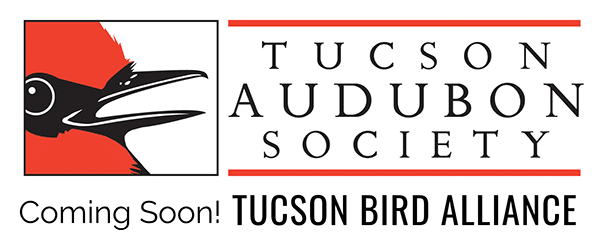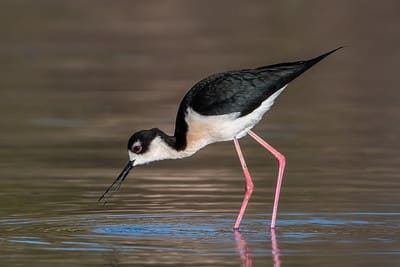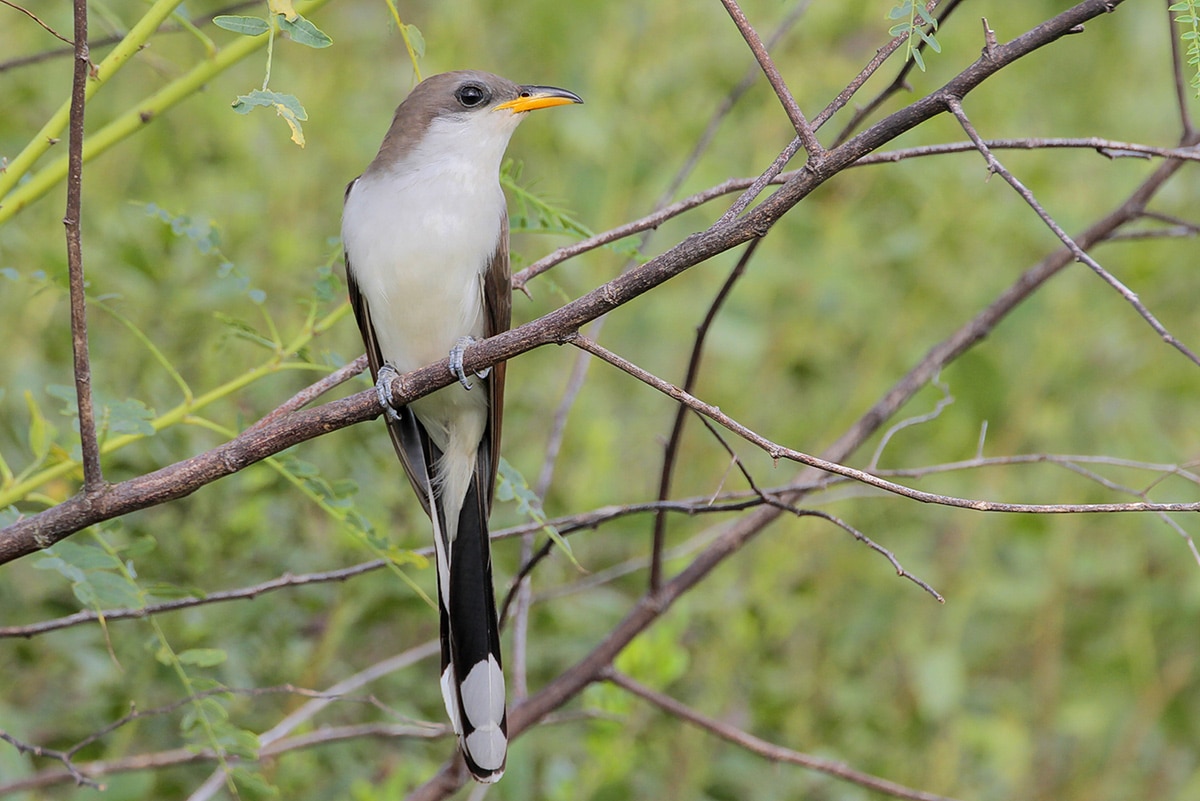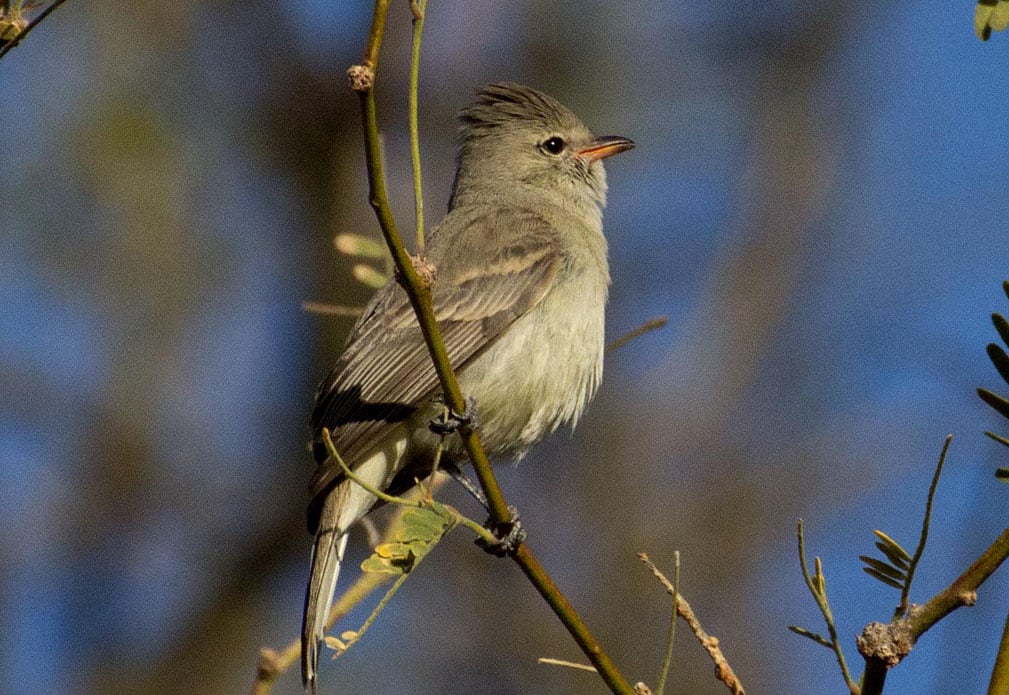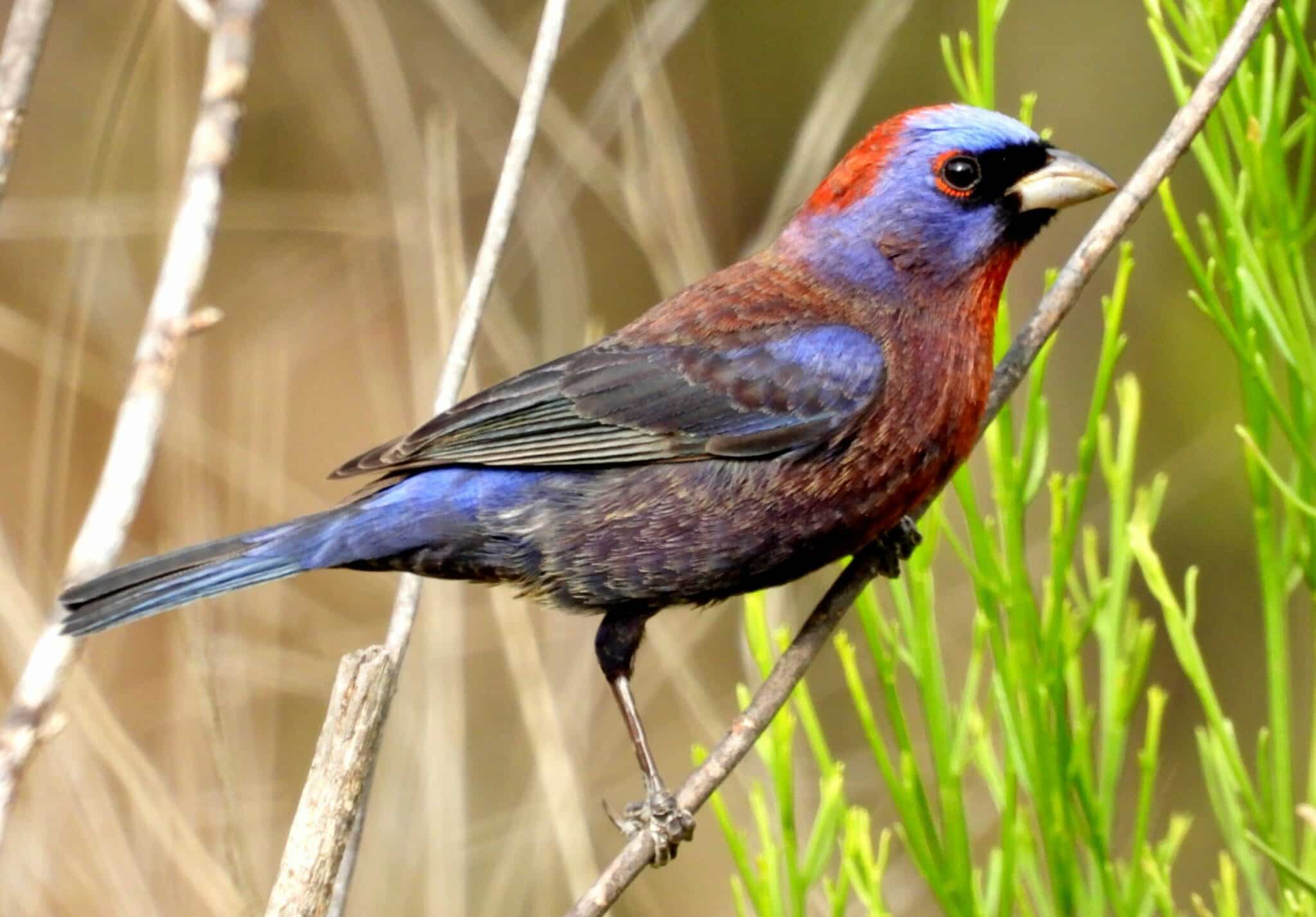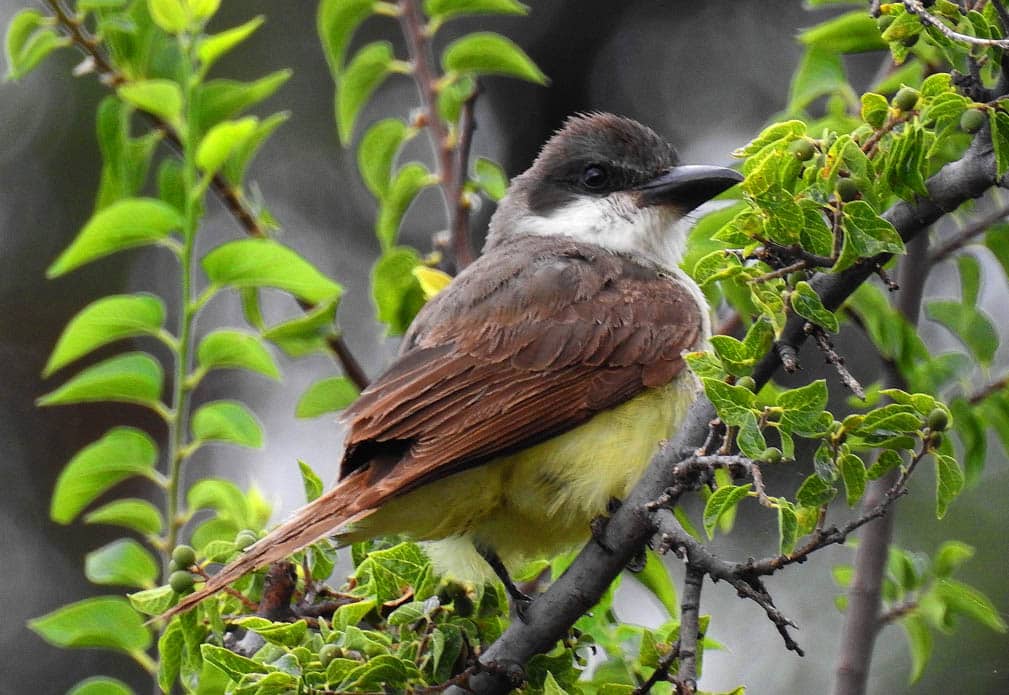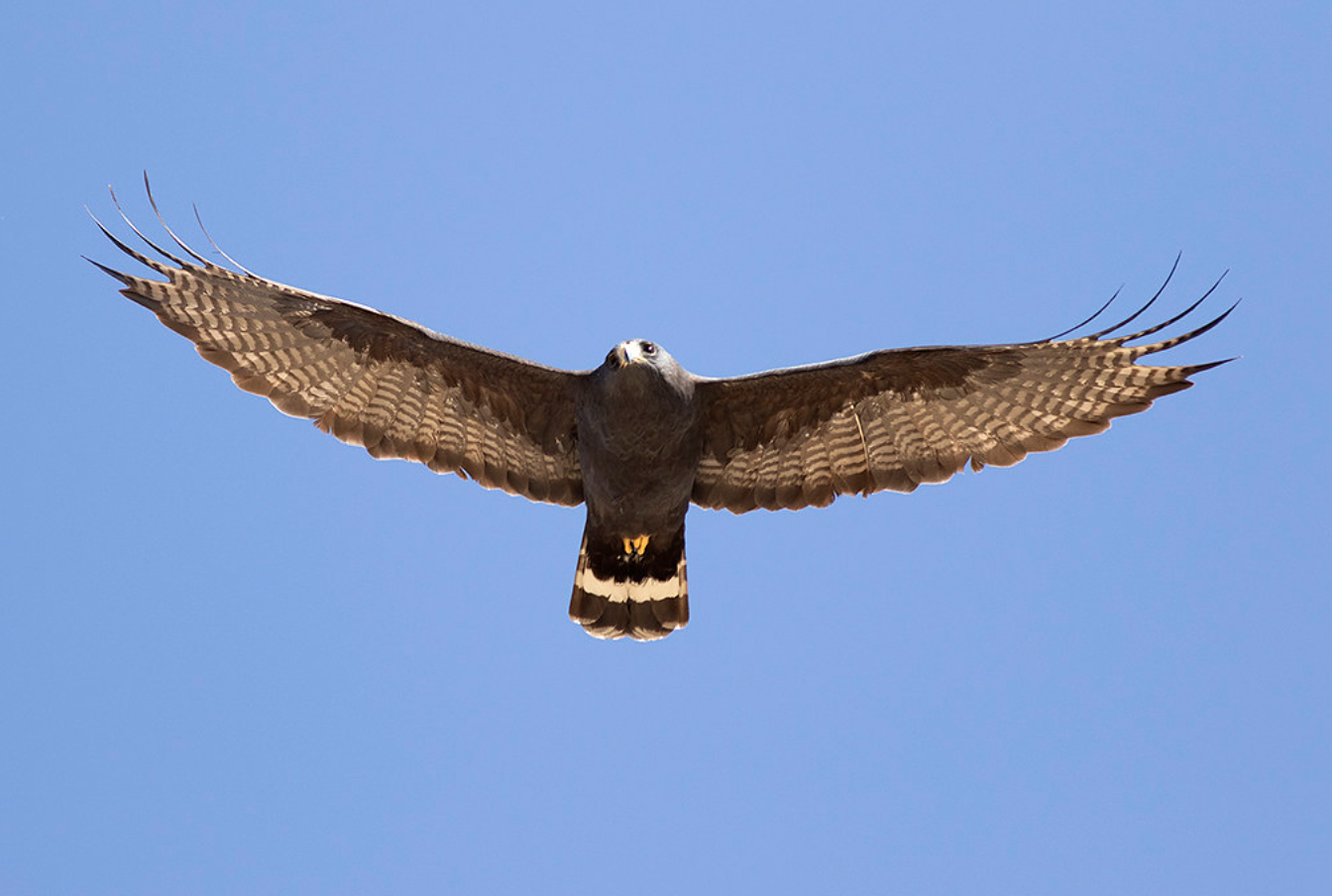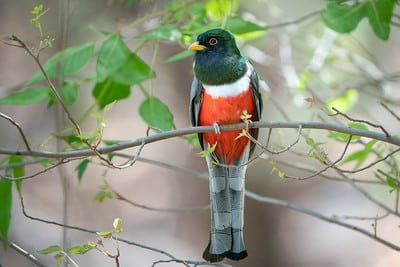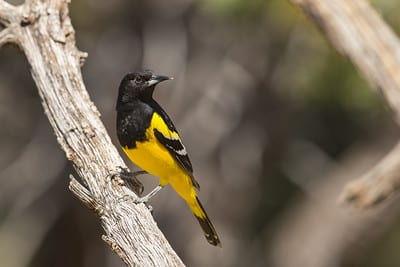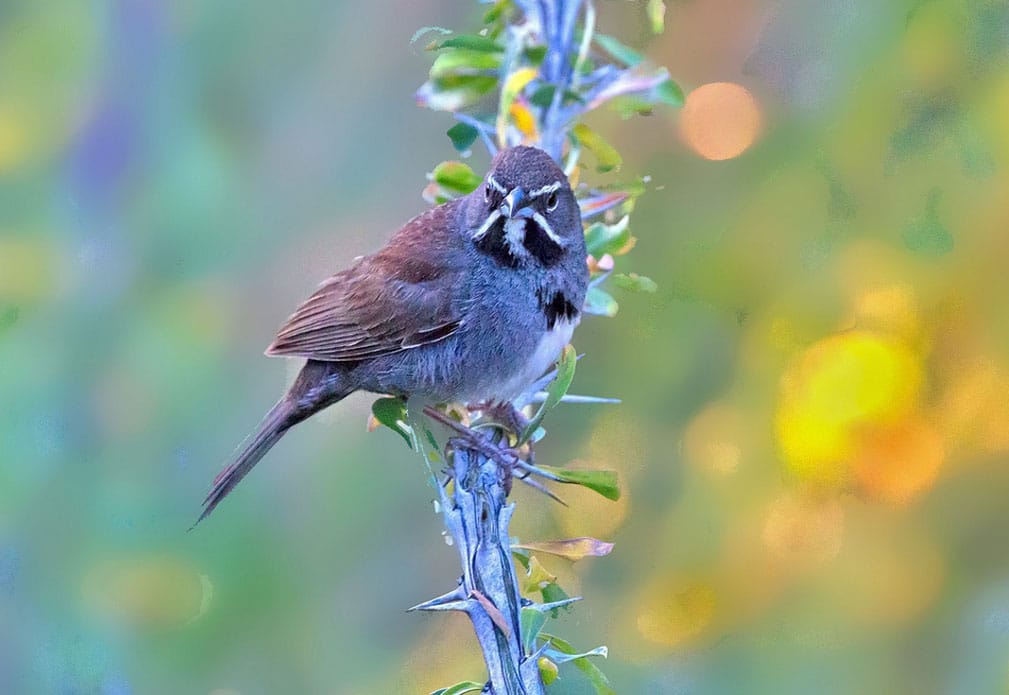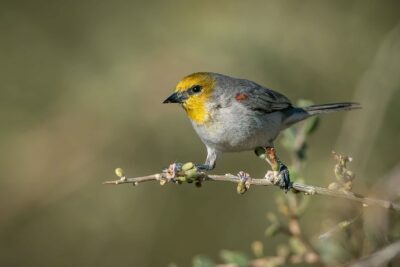Difficulty: Easy (Flat walking on groomed trails or roads. Drive time to location approximately 80 minutes.)
This half-day trip to the Willcox area and Cochise Lake will add a wide variety of shorebirds to your Arizona and festival species list, but also is the best field trip for Scaled Quail. Likely shorebird species include Black-necked Stilt, American Avocet, Wilson’s Phalarope, Long-billed Dowitcher, Greater and Lesser Yellowlegs, Western, and Least Sandpipers. The lakes also play host to an array of migrant swallow species, as well as birds of the open grassland like Swainson’s Hawk, Chihuahuan Meadowlark and Lark Sparrow. With sometimes hourly turnover nearly every visit during migration has a good chance of turning up something unusual. This will be a very relaxed paced half-day trip with limited walking on level surfaces. Sponsored by WINGS Birding Tours. Limited to 9 participants.
Black-necked Stilt by Shawn Cooper
